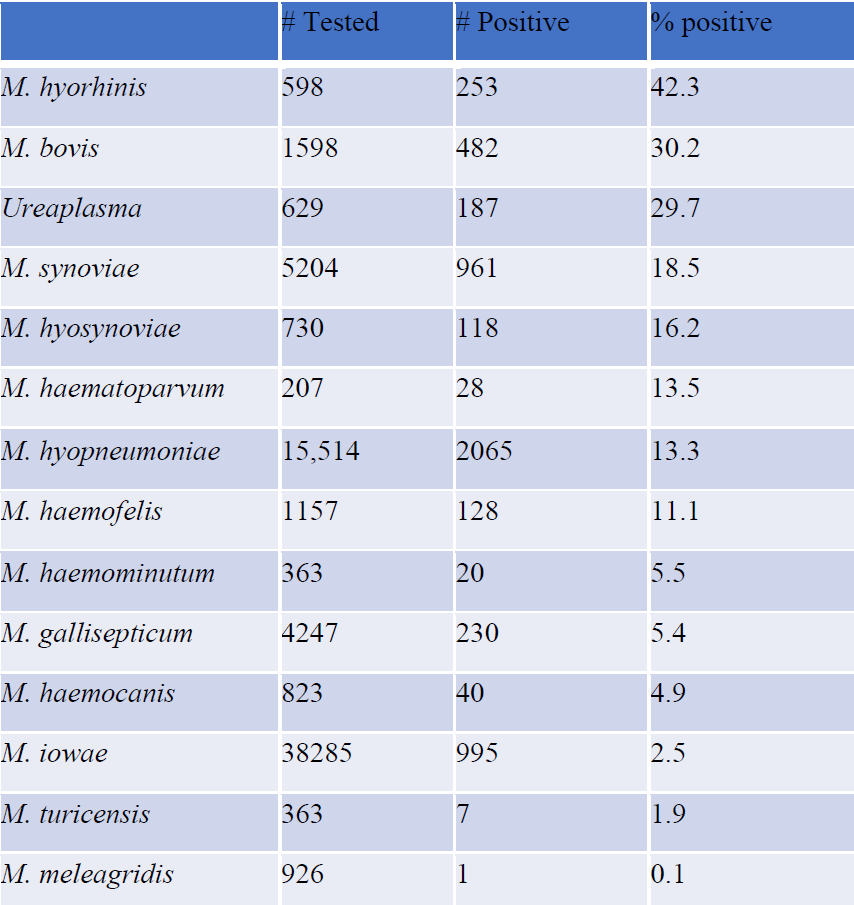Insights from 16-year Mycoplasma culture and PCR data analysis in a Canadian provincial laboratory
Hugh Cai, Pauline Nelson-Smikle, Fernando Munevar and Staff from AHL Mycoplasmology and Molecular Biology
Animal Health Laboratory, University of Guelph, Guelph, ON.
AHL Newsletter 2024;28(1):8.
For over four decades, the Animal Health Laboratory (AHL) in Ontario, Canada has been at the forefront of conducting culture isolation of Mycoplasma and Ureaplasma species. Recent advancements in laboratory techniques, including MALDI-TOF mass spectrometry (MS) and DNA sequencing, have bolstered the precision of the culture procedures. In 2007, the implementation of a Laboratory Information Management System (LIMS) further streamlined data management and facilitated trend analysis. This report provides a comprehensive summary of Mycoplasma culture and PCR tests at the AHL since 2007.
Over the past 16 years, the AHL has meticulously cultured a total of 18,730 samples. Interestingly, there is a trend towards declining culture samples in recent years, attributed to the growing prevalence of PCR tests (Fig. 1). Predominantly sourced from food animals, as detailed in (Table 1), the samples have led to the successful isolation of over 25 species of Mycoplasma and Ureaplasma. Key findings include the frequent identification of M. bovis (7%) and M. arginini (5%), with a noteworthy surge in Ureaplasma diversum during abortion outbreaks in 2019. Intriguingly, M. bovis was isolated only once from a semen sample since 2007, indicative of a low likelihood of transmission through semen in Ontario (Tables 2-4). This summary also sheds light on mollicutes (the order of cell-free bacteria including Mycoplasma and Ureaplasma species) isolated from non-food animals, highlighting prevalent species such as M. canis (8%), M. edwardii (4%), M. cynos (3%), M. spumans (2%), Ureaplasma sp. (2%), and M. maculosum (2%) (Table 5).
The AHL has undertaken PCR tests on 70,853 samples over 16 years, targeting 15 different Mycoplasma species. The data reveal a progressive increase in PCR samples annually, coinciding with a partial displacement of culture assays (Fig. 1). Particularly noteworthy is the significant uptick in PCR positive rates for M. hyopneumoniae, M. bovis, and M. synoviae in recent years. The study also draws attention to prevalent haemoplasmas, namely M. haemofelis and M. haemocanis (Table 6). Other haemoplasma that were identified include: M. haemobos (1), M. haemolamae (21), M. ovis (1), M. suis (22), M. wenyonii (5), M. wenyonii (7), Bovine haemoplasma (3), Ovine haemoplasma (2).
Significantly, PCR assays played a pivotal role in aiding the eradication of M. iowae in a high-value turkey breeder facility. This comprehensive overview provides valuable insights into the evolving landscape of Mycoplasma and Ureaplasma testing at the AHL, highlighting the laboratory's adaptability to cutting-edge technologies including the evolving LIMS. AHL
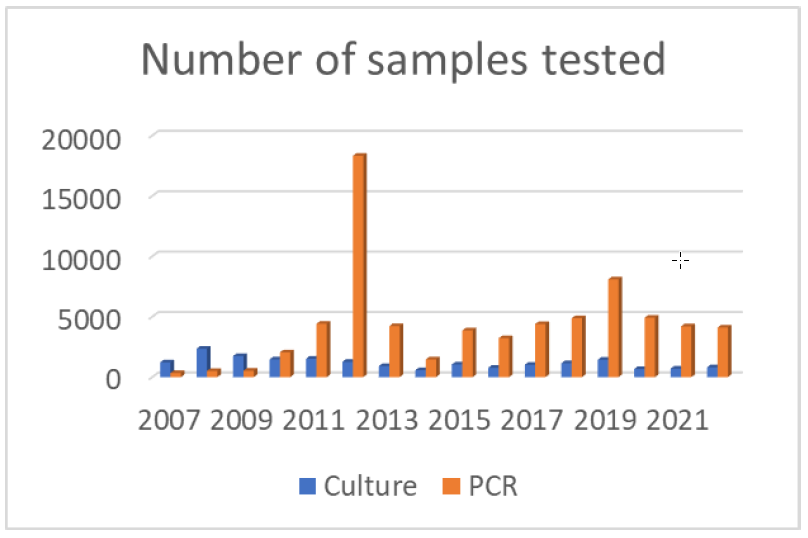
Figure 1. AHL Mycoplasma culture and PCR samples from May 2007 to April 2023.
The PCR peaks between 2011 and 2013 were from the project of M. iowae eradication.
Table 1. Samples tested by Mycoplasma culture from May 2007 to April 2023.
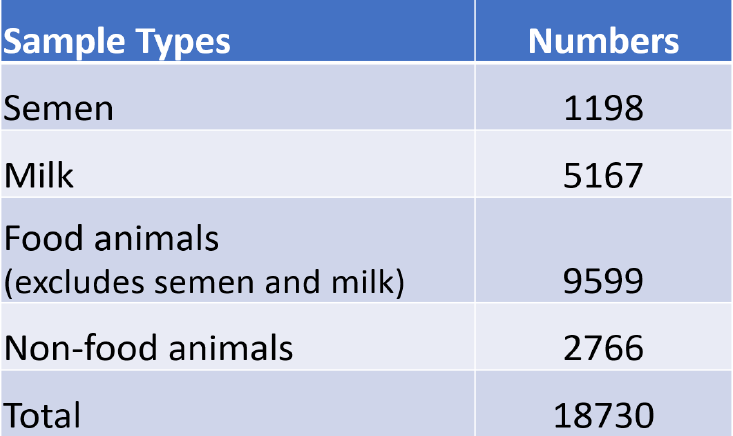
Table 2. Mycoplasma isolated from semen samples from May 2007 to April 2023.
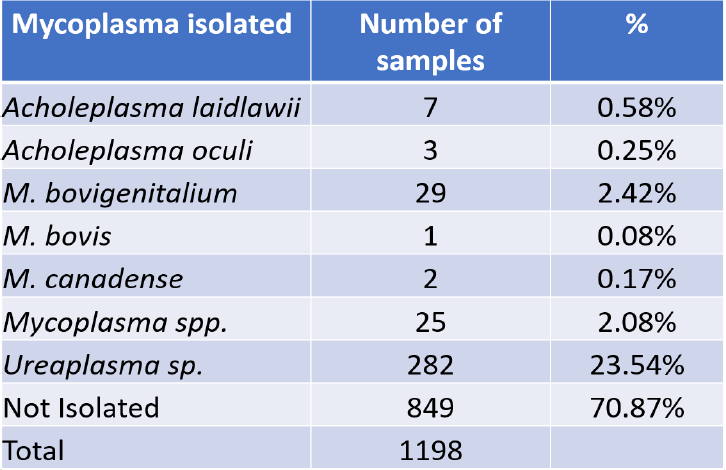
Table 3. Mycoplasma isolated from mastitis milk samples from May 2007 to April 2023.
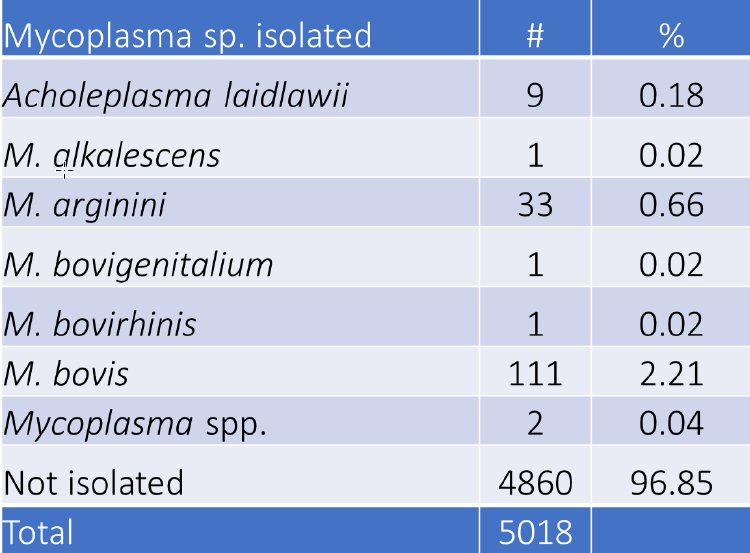
Table 4. Mycoplasma isolated from other food animal samples (non-semen and non-milk) from May 2007 to April 2023.
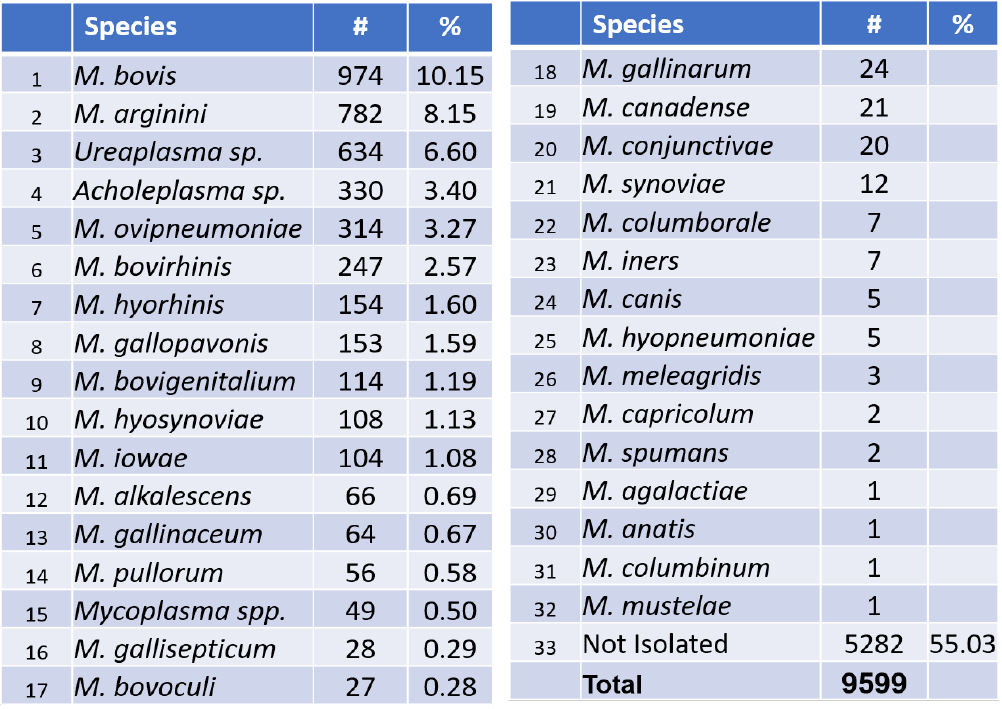
Table 5. Mycoplasma isolated from non-food animal samples from May 2007 to April 2023.
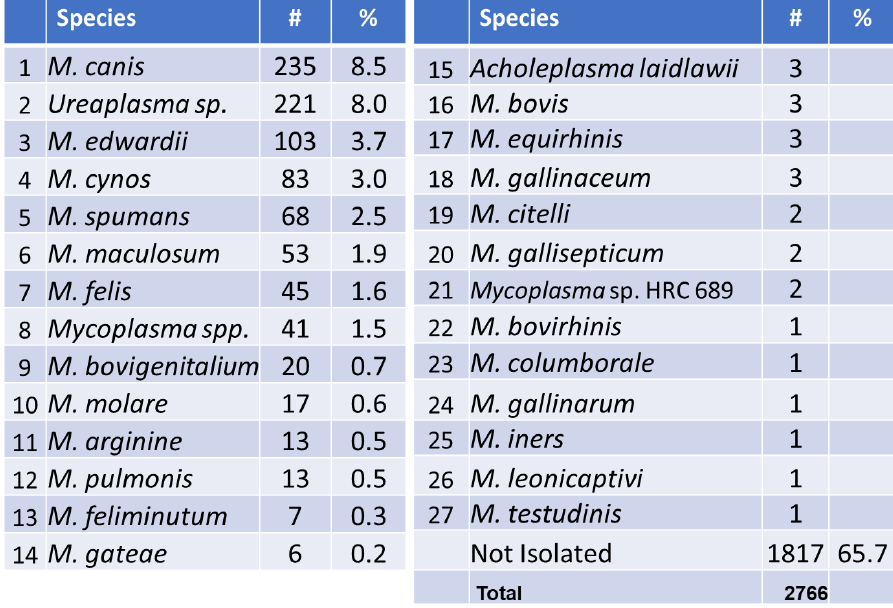
Table 6. Mycoplasma species identified by PCR at the AHL from May 2007 to April 2023.
